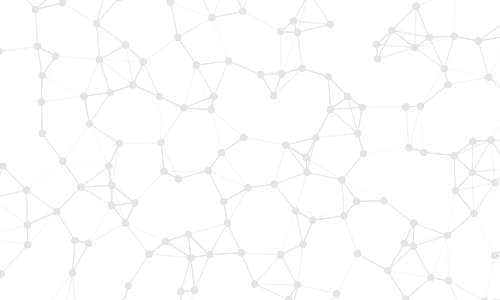Partner Interview
Published February 4, 2025
Sartorius: Upstream Bioprocessing & Chinese Competition
inpractise.com/articles/sartorius-stedim-biotech-upstream-bioprocessing-and-chinese-competition
Executive Bio
Former Senior Product Management Director at Sartorius Stedim Biotech
Interview Transcript
Disclaimer: This interview is for informational purposes only and should not be relied upon as a basis for investment decisions. In Practise is an independent publisher and all opinions expressed by guests are solely their own opinions and do not reflect the opinion of In Practise.
This is a snippet of the transcript.to get full access.
For the purpose of our conversation, let's focus only on the bioprocessing business. Don't worry about the other businesses that Sartorius has. The focus is on Sartorius Stedim Biotech. It seems that Sartorius has been facing more challenges than its competitors regarding the order book improvement after the customer overstocking process. Why do you think this is happening?
Another effect is that some products weren't developed at the same speed because R&D was focused on Covid drugs. In single-use processing, there's a direct link to drug launches, and Sartorius was impacted the most since they gained the largest shares. After this situation, some original suppliers tried to regain business with package deals. Big players like Danaher have significant negotiation power, especially with resins, and they try to bundle things for procurement. Customers are currently looking for cost savings, so some business returned to original players, not all, but some. You have the safety stock situation, and some delays in new drugs.
This is a snippet of the transcript.to get full access.
For the purpose of our conversation, let's focus only on the bioprocessing business. Don't worry about the other businesses that Sartorius has. The focus is on Sartorius Stedim Biotech. It seems that Sartorius has been facing more challenges than its competitors regarding the order book improvement after the customer overstocking process. Why do you think this is happening?
Additionally, competition increased. During Covid, everyone wanted to join the market. Distributors turned into integrators and assemblers, and many companies emerged, building clean rooms for assemblies. Companies also entered customer processes they wouldn't have before. For example, in filtration, a high-margin market, there were three big players, Millipore, Pall, and Sartorius. For the customers, there was no need to add a fourth player. When doing RFQs, they got the best prices, and there is also the additional burden of managing more players. But during Covid, you couldn't get polyethylene filters, so they were forced to validate other customers, such as Meissner, and now these products are validated into the process and their pricing is under further pressure.
This is a snippet of the transcript.to get full access.
How do you see Sartorius's competitive strength and sales and marketing approach compared to Cytiva and Thermo Fisher, who are American players?
Cytiva and Pall, another Danaher brand, are giants and by far the number one. They are true end-to-end providers, with the advantage of bundling a lot with their chromatography business, which is very profitable. This gives them leverage to push other technologies. Cytiva is the absolute leader in systems, with others trailing far behind. This enables them to push harder on new technologies. Once they finish integration, which typically takes time and involves some loss due to personnel changes, their engine becomes a formidable force. They are probably the toughest competition in the field.
Free Sample of 50+ Interviews
Sign up to test our content quality with a free sample of 50+ interviews.
Or contact sales for full access
Related Content

Cytiva vs Sartorius: A Vaccine Customer's Perspective
Vaccine Manufacturing Lead at Sanofi

Thermo Fisher Scientific Inc: Culture and Management
Former Director at Thermo Fisher Scientific

Danaher, Aldevron, Intangible & Goodwill Impairments

Bruker and AI Applications in Mass Spectrometry
Former Director of Bruker
© 2024 In Practise. All rights reserved. This material is for informational purposes only and should not be considered as investment advice.
